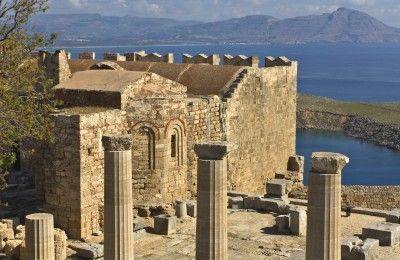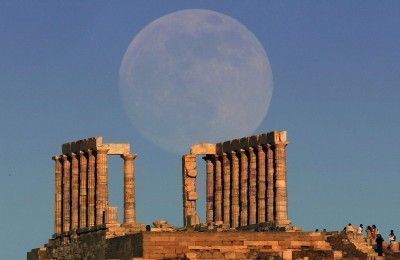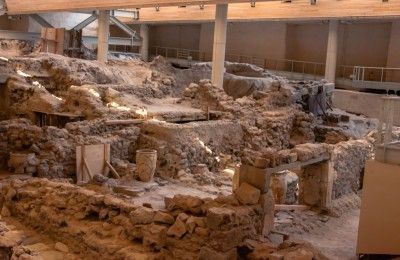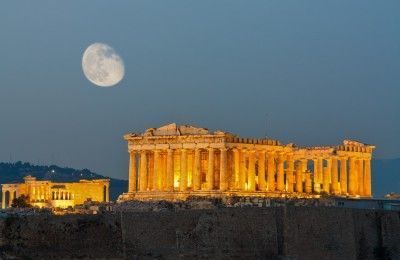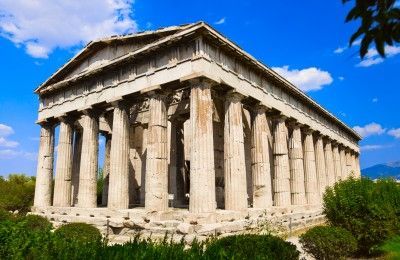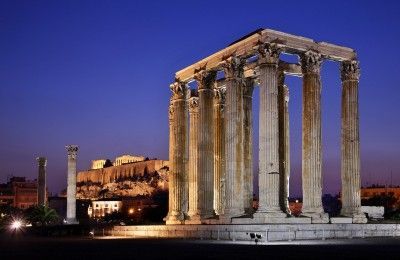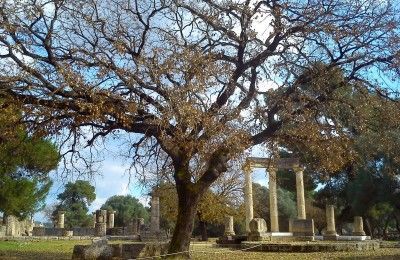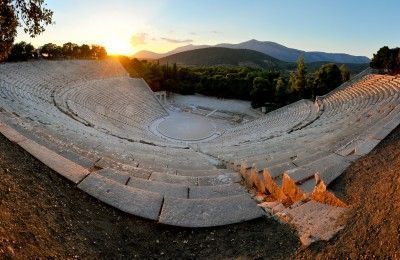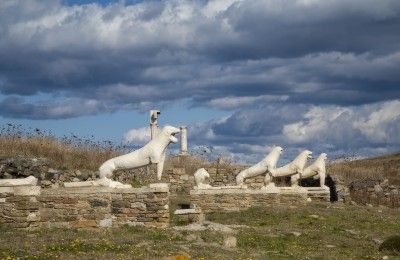Acropolis of Lindos
Beneath the modern village of Lindos lies buried one of the most important ancient cities of Rhodes and the eastern Aegean. The only visible today ancient monuments preserves the mighty bare rock that rises from the sea at an altitude of 116 meters and is a landmark of Lindos’...
Posted On 23 May 2014

